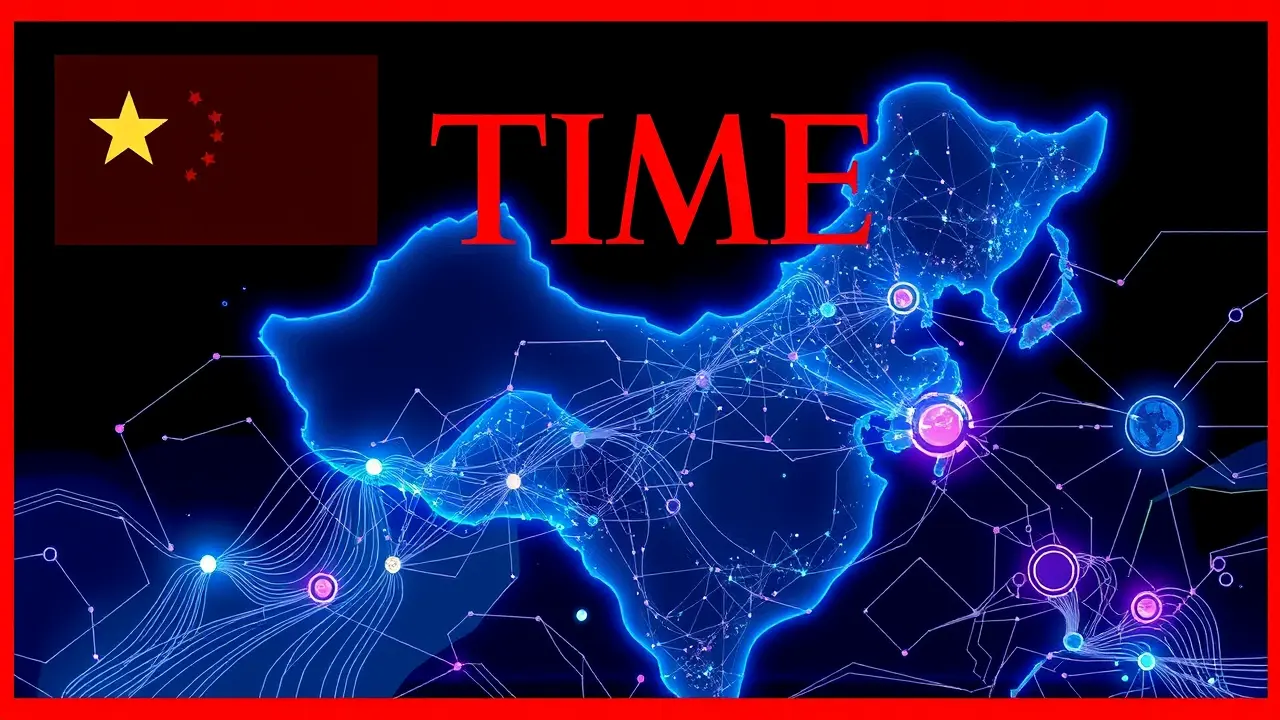
AIenterprise aiCorporate Adoption
Amazon Plans 14,000 Corporate Job Cuts to Fund AI Strategy
DA
Daniel Reed
7 days ago7 min read4 comments
In a strategic pivot that underscores the brutal economic calculus of the artificial intelligence arms race, Amazon announced on Tuesday a sweeping reduction of 14,000 corporate roles, a move explicitly framed as a necessary recalibration to fund its escalating ambitions in AI. This isn't merely a routine corporate downsizing; it is a profound statement of intent, a multi-billion-dollar wager that the future of the tech behemoth hinges on its ability to dominate the next computational paradigm.The decision reflects a fundamental industry-wide shift, reminiscent of the great platform transitions of the past, where incumbents who hesitated to cannibalize their own profitable operations were often rendered obsolete by nimbler, more focused competitors. Amazon, having built an empire on the cloud infrastructure that powers much of modern AI, now finds itself in a paradoxical position: it must aggressively streamline the very human capital that fueled its past growth to bankroll the silicon-brained engines of its future.The architecture of large language models like those Amazon is racing to develop and deploy—such as its Titan family and the compute-hungry workloads of AWS Bedrock—demands staggering capital expenditure. We're talking about data centers filled with clusters of specialized GPUs, each training run consuming enough energy to power small towns, and research divisions requiring top-tier, and consequently top-dollar, talent.This reallocation of resources from general and administrative functions to highly specialized AI research and development teams is a classic, if painful, example of creative destruction in action. One can draw a direct parallel to Microsoft's strategic bets in the early cloud era, where it prioritized Azure over legacy software divisions, a move that was initially controversial but ultimately secured its continued relevance.The human cost, however, is immense and cannot be glossed over by corporate jargon about 'removing layers' and 'reducing bureaucracy. ' Each of those 14,000 positions represents a career disrupted, a narrative altered, and the collective institutional knowledge that is inevitably lost in such a seismic shift.The broader implication for the tech sector is a chilling confirmation that the AI gold rush will be funded not just by venture capital, but by a significant re-composition of the white-collar workforce. We are likely witnessing the beginning of a new era of 'AI austerity,' where profitability and strategic focus are pursued with a renewed, almost ruthless, vigor.The question now is whether Amazon's bet will pay off. Can it close the perceived gap with rivals like OpenAI and Google DeepMind, whose first-mover advantage in foundational models is significant? Or will this massive reallocation of capital and focus simply be a case of running faster to stand still in a field where the finish line—the horizon of artificial general intelligence—constantly recedes? The answer will define not only Amazon's future but the very structure of the global economy for decades to come.
#Amazon
#job cuts
#corporate workforce
#AI strategy
#restructuring
#cost optimization
#lead focus news
Stay Informed. Act Smarter.
Get weekly highlights, major headlines, and expert insights — then put your knowledge to work in our live prediction markets.
Related News
© 2025 Outpoll Service LTD. All rights reserved.














